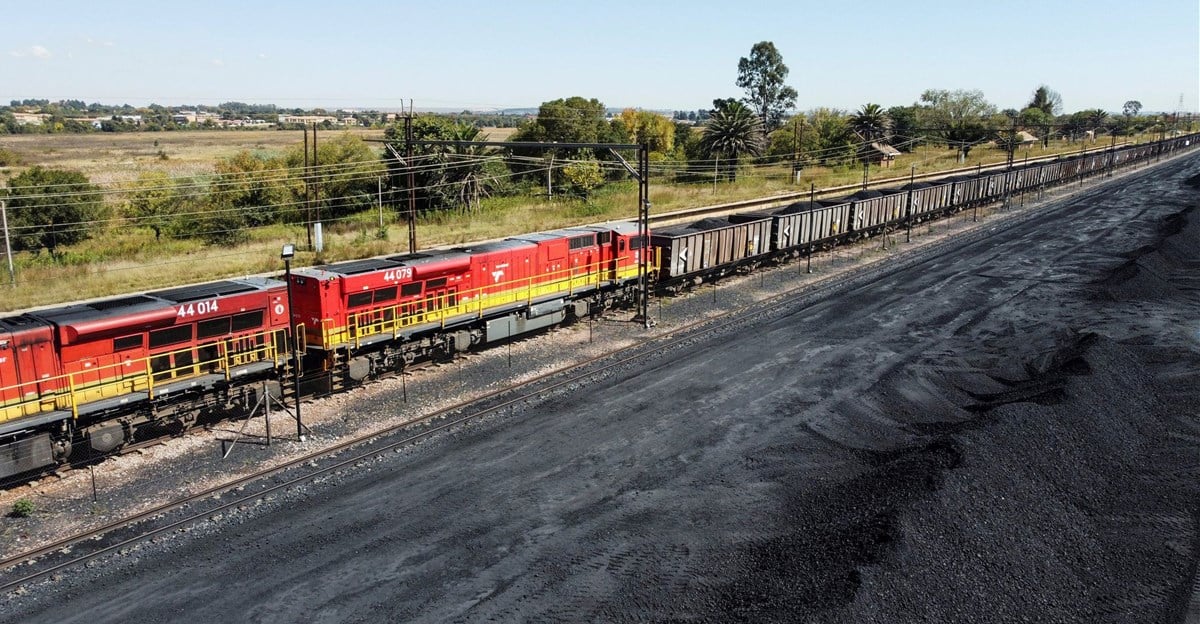In an exciting development for South Africa’s logistics and freight transport sector, Transport Minister Barbara Creecy recently announced significant progress in expanding access to the Transnet Freight Rail network. This move is set to pave the way for enhanced capacity and operational efficiency in a critical industry that has faced various challenges over the years.
On Friday, Creecy revealed that 11 out of 25 train operating companies that applied for network access had successfully met the necessary requirements and will now advance to the next phase of negotiations and contracting. While the names of these companies remain undisclosed, one notable firm, Grindrod, has already confirmed its access to the Transnet network.
Creecy emphasized that these new players are not competing against Transnet but are instead augmenting the existing freight services. “These companies are not cannibalising Transnet freight; they are adding capacity to what Transnet freight is already carrying,” she explained to a group of reporters. This strategic approach aims to expand the logistical network across 41 vital routes primarily used for transporting bulk commodities, such as coal, iron ore, chrome, manganese, sugar, and fuel.
However, adding new operators comes with its own set of conditions. Each firm must secure railway safety permits, ensure their rolling stock is ready for service, and have offloading capacity at the ports. The proposed slot durations for operation will range from one to ten years, providing flexibility as the market evolves.
Addressing Infrastructure Challenges
Despite these hopeful advancements, it’s essential to acknowledge that Transnet is still navigating infrastructure hurdles. This year, the South African government extended a substantial R149 billion (approximately .42 billion) in guarantees to support the revitalization of Transnet, but there are concerns regarding limited resources available for infrastructural development and alleviating existing logistics backlogs. Creecy revealed that there is an ongoing quest for an additional R35 billion aimed at infrastructure funding from the government.
To put the situation into perspective, Transnet’s freight rail volumes experienced a decline, dropping to 152 million metric tonnes in the 2023/24 financial year, a significant decrease from the peak of 226 million metric tonnes recorded in 2017/18.
Anticipated Gains in Freight Volume
Looking forward, the entry of these new operators is expected to make a considerable impact on freight volumes. Creecy highlighted that these companies are poised to carry an additional 20 million tonnes of freight annually, which aligns with the government’s ambitious goal of transporting 250 million tonnes by rail by 2029. Notably, these new players could potentially add 10 million tonnes of coal export capacity within the next three years, bringing the total export up from roughly 50 million tonnes.
This proactive step towards enhancing capacity and efficiency in the South African freight sector could rejuvenate economic growth and open up new opportunities for bulk mineral exporters, like Kumba Iron Ore and Thungela Resources, who have had to scale back production due to limitations within Transnet.
As South Africa continues to navigate this important transition, it’s clear that the government’s commitment to revitalizing the railway sector is not just an investment in infrastructure, but also a vital move towards a more robust and resilient economy.
Stay tuned for more updates on this developing story!
#SouthAfrica #BusinessNews #TransportNews #Logistics #Economy #Infrastructure



